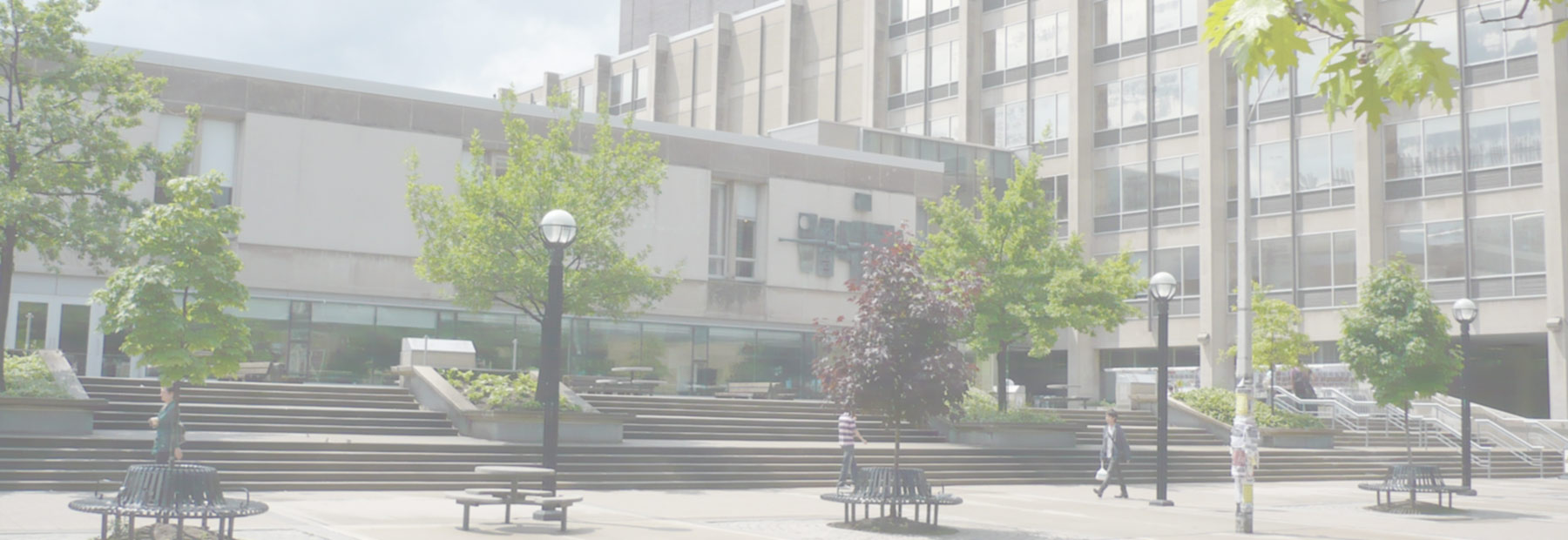Arts & Science art history students are offering fresh ideas, narratives and out of the box thinking for how to best preserve and promote some of the province’s most treasured structures.
Students from the fourth-year Canadian art history seminar, Studies in Canadian Architecture and Landscapes: Hidden Canada, have completed a semester-long research project in partnership with the Ontario Heritage Trust (OHT).
Taught by Jessica Mace, an assistant professor, teaching stream with the Faculty of Arts & Science’s Department of Art History, the course explores how the built environment in Canada has been written, studied and preserved, examining narratives that could potentially be revisited and updated.
“After seeing what the students did in the last iteration in 2023, we were eager to expand the pool of sites and really tap into the brain power and creativity of our undergrads,” says Mace.
This year, students were assigned 10 different buildings held by the OHT. Some of the properties included the Barnum House in Grafton ON, the Niagara Apothecary in Niagara-on-the-Lake, and the Duff-Baby House in Windsor.
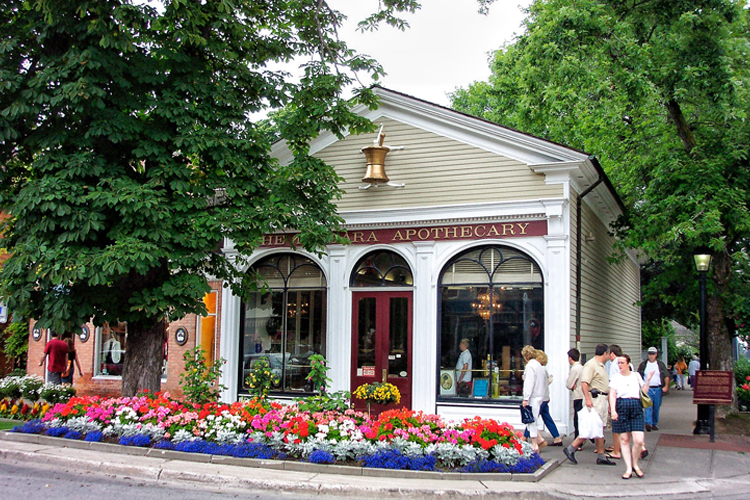
They presented their research at a public forum at the Ontario Heritage Centre building last month, where they shared their ideas with OHT staff.
“Our goal was to present potential future uses or revisions to how these sites are presented,” says Kate Rozumey, a second-year art history student and a member of Trinity College, who also completed a previous undergraduate degree in biology and psychology at the University of Toronto Mississauga.
She studied the Barnum House, which was built between 1819 and 1821 by Eliakim Barnum. It’s considered the one of the earliest examples of neoclassical architecture in Canada.
“Architecture was definitely what initially drew me to the Barnum House,” she says. “It’s impressive that it has survived for such a long time with its façade largely unaltered. But the story of its connection to heritage in Ontario, how it was acquired by the Architectural Conservancy Ontario (ACO) and opened as a museum in 1940, was something I wanted to learn more about.”
She recommends the building shift from being a museum to becoming a venue for local community events.
“Perhaps less frequent events like Open Doors would more reliably draw an audience,” she says. “I also suggest getting in touch with local history organizations and the ACO to see if they have any interest in having events there.”
She also recommends publishing some of the research the OHT has previously done to make some of this local historical information more accessible to the public.
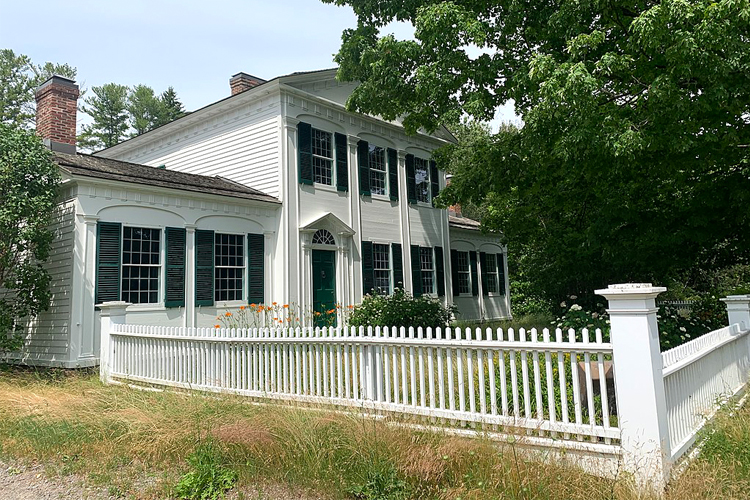
Nell Girardin, a fourth-year student in the art history specialist program, and a member of University College, researched the Duff-Baby House. Built in 1798 on the south shore of the Detroit River in the town of Sandwich, which is now part of Windsor, it’s considered one of the province’s oldest homes.
“What I love most is the real significance this house held within that community as a space that was once dedicated to healthcare,” says Girardin, referring to the period in the early 1900s when the home was occupied by Dr. William Beasley, the town’s first physician.
Dr. Beasley would invite local families to his home for a Christmas tea event, welcoming hundreds of residents to his home for food and drinks during the holiday season.
“People in the community loved him,” she says. “And I loved imagining this house as it was back then – a real cornerstone of the community – and I wanted to bring that history back to the house.”
With that in mind, Girardin recommends the site’s outside property be used as a public park to bring more visitors to the site. Or, it could also be converted into a community garden, an initiative that could help bring the community together.
“On the interior, I recommend as much be done as possible to restore the 1920s appearance of the house,” she says. “Finally, I want to reinstate the Beasley Christmas tea tradition. I find this to be another really great initiative to bring people together, and I also propose that it be used to give back during the holidays by transforming it into a place for a food or toy drive.”
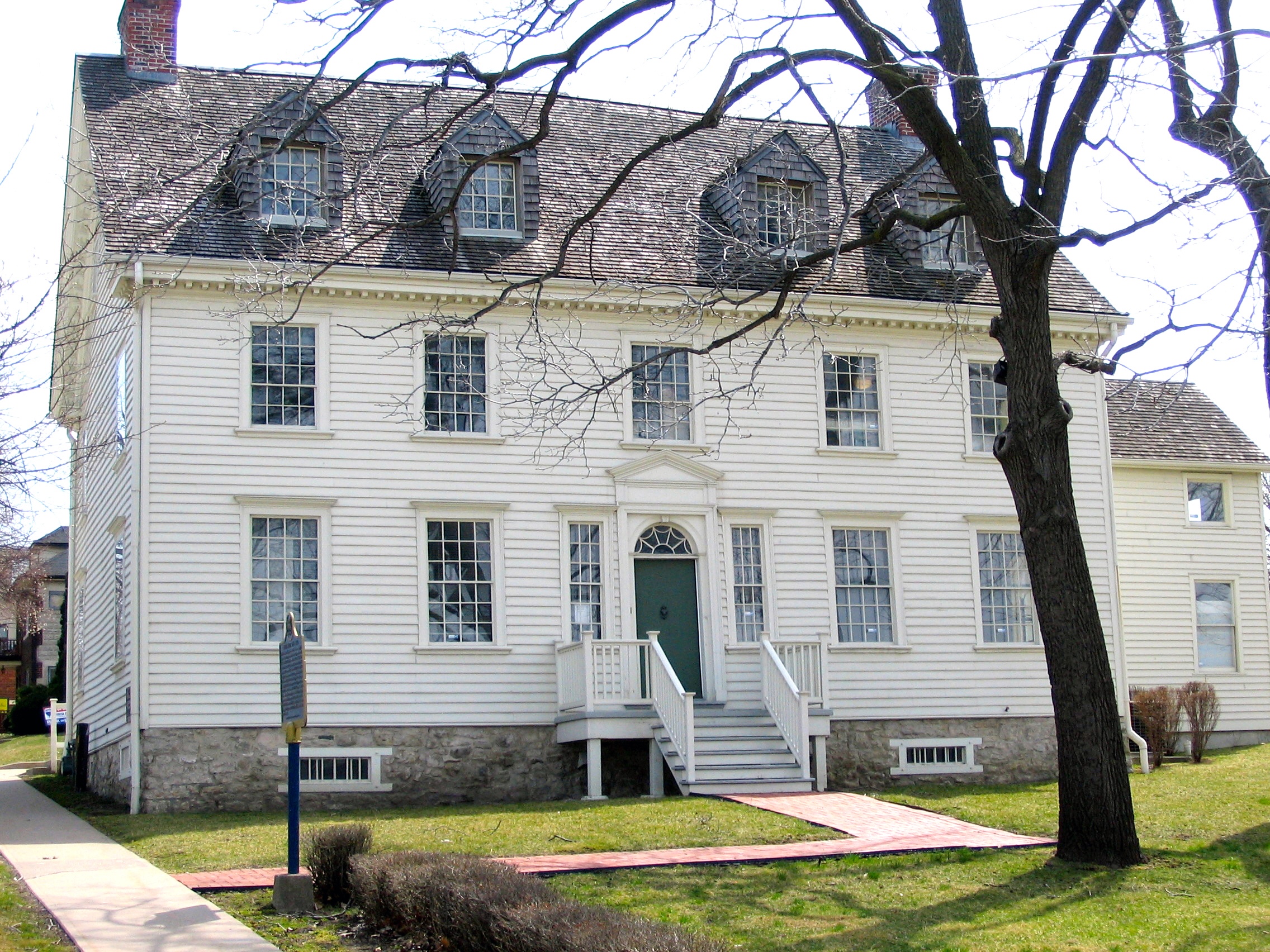
Caitlin Rapley, a fourth-year art history student and a member of University College researched the Niagara Apothecary — an authentic museum restoration of an 1869 pharmacy as part of a practice that operated in Niagara-on-the-Lake from 1820 to 1964.
“The apothecary is a rare site with stunningly preserved heritage interiors, substantial collections and extensive history,” she says. “What I enjoyed most about studying the site is the opportunity to explore its 144-year history as a pharmacy and its 50-plus years in operation as a heritage museum in Ontario.”
Among her recommendations, Rapley suggests forming a new stakeholder collaboration between OHT and Ontario College of Pharmacists to update the site's vision and goals for 2025.
“I also recommend seeking a future partnership with an academic museum studies, curatorial, or heritage cultural management program at a local institution to support collections analysis, help identify new exhibition opportunities, and develop a modern interpretive framework,” says Rapley.
Rapley also envisions a retail strategy that includes locally made, heritage-inspired goods and souvenirs.
“This could enhance visitor engagement, as tourists often spend more time in the space while interacting with staff and it would also contribute revenue for the museum,” she says.
David Leonard, OHT’s senior marketing and communications specialist, was thrilled with all of the students’ work, and inspired by their passion that he saw first-hand while assisting students at OHT’s archives, and while attending Mace’s classes.
“I was impressed with how the students were thinking about programming and business opportunities, and how these places fit within the needs of their communities, and how they can better fit within what people need from the Ontario Heritage Trust,” he says.
“I think there will be some very feasible ideas here that we'll be sharing with our property operations and stewardship team,” he says. “And who knows, maybe some of them might help to inspire real things that happen at these properties.”
Mace was equally impressed with the students’ contributions.
“The students have been invited by the OHT to contribute to a continuation of this project in some form, possibly a web exhibition or a publication beyond the scope of the semester,” she says.
“It's gratifying to see the interest in their hard work and that others understand the potential of our amazing students. Clearly, this project has had an impact, and it's been wonderful to see.”
Says Rapley: “This experience has genuinely helped me envision a future where I could continue in a career focused on heritage and cultural projects beyond the university setting.”

